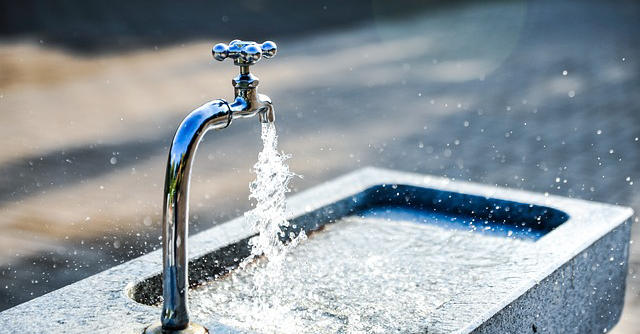
IIT Kanpur, MIT secure joint patent for a water purification device


IIT Kanpur (IIT-K) and MIT USA have jointly secured an Indian patent for a water purification device.
IIT-K, in a statement, said that the invention titled “A Vessel and A Method for Purifying Water and Monitoring Quality of Water” is expected to be quite a cost-effective apparatus to check water quality.
Dr. Indra Sekhar Sen from the Department of Earth Sciences at IIT Kanpur, and K Sri Harsha (Founder, Kritsnam Technologies) collaborated with inventors from MIT including Emily Barret Hanhauser Dr. Rohit N. Karnik, Anastasios John Hart, Michael Bono, and Chintan H. Vaishnav, for this project.

“The availability of clean drinking water is one of the major problems that the world is facing. An estimated 844 million people lack access to an improved source of water, and it is projected that in 2025, half of the global population will live in high water stress regions,” said the statement.
“All the sources of water systems worldwide have been found to contain trace contaminants (microorganisms that can enter the food system) that are associated with a range of chronic, often incurable health conditions, including cancers, liver and kidney damage, as well as environmental damage, thus making the increasing presence of these contaminants, a critical concern,” it said.
The team has developed the device to solve these problems. “The objective is to overcome the challenges in both water availability and water quality monitoring, by creating a water purification vessel technology that not only provides clean water but is also cost-effective and allows for widespread monitoring of impurities,” the statement said.

“This is a very timely and quintessential device to curb the issues plaguing clean water resources,” said Abhay Karandikar, Director, IIT Kanpur.
The purification vessel contains a regenerable sorbent material capable of binding the impurities and preserving it in a moist or dry format, thus producing inorganic contaminant-free water at a cost as low as ₹2 per litre.
The statement further read, “Additional application areas beyond drinking water include food and beverage industry, wastewater reuse, batch generation of deionised water and agricultural water monitoring. Furthermore, the vessel could be used in monitoring and purification of other liquids for human consumption, such as dairy products, soft drinks, or other ingestible liquids.”

